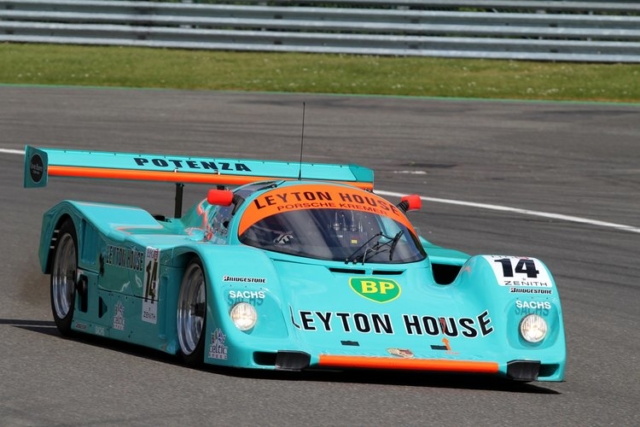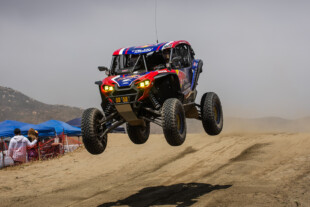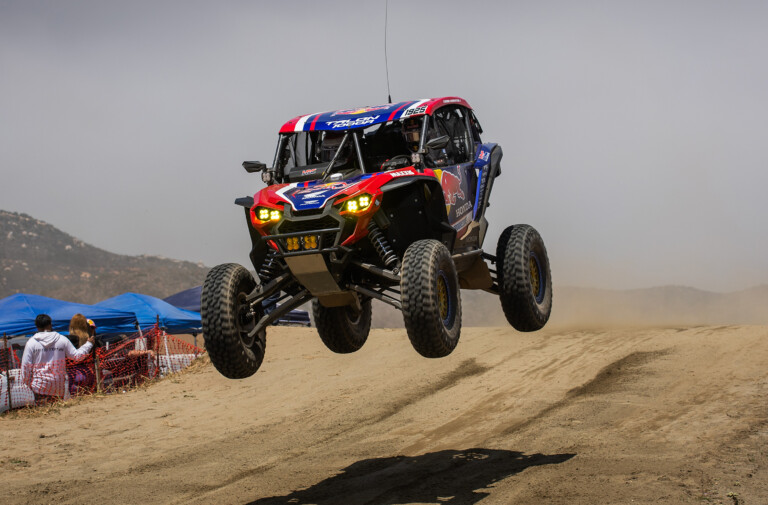As the most dominant sports car of the 1980s, the Porsche 962 needs little introduction. A turn-key racer capable of winning LeMans, Porsche’s slinky prototype was readily available to the privateer, quick, reliable and sturdy. It also capitalized on ground effect and produced an amount of downforce not far from the Grand Prix cars of the day.
As the machine was designed for long-distance races, it had to be reasonably livable. Circulation in the sweltering cabin was laughable, but ultimately, the car offered a comforting ride despite having to be reasonably stiff to take advantage of the downforce produced by the underbody. As we observe from the onboard of this Leyton House-sponsored 962, the driver isn’t jostled by the ride, and there’s very little kickback from the steering wheel. Suddenly, the value of driver ergonomics seem to carry more importance for long-distance races.
In quick corners, the 962 appears composed and confidence inspiring. Never is there a snappy slide or an unforeseen hiccup. In fact, Derek Bell, one of the most successful drivers of the 962, said it “has no vices.” As the driver turns into the daunting Blanchimont corner at 2:42, it appears the car has even more grip in reserve, as it doesn’t use the entire width of the road on exit. Of course, a little understeer occurs as he has to run behind the car momentarily and loses some airflow, but the car appears to handle the problem well. Sure, the 962 had 750 horsepower and immense downforce, but perhaps the secret to its success was not brute force, but an assuring chassis with a fairly wide performance window. Whatever the reason, it’s a hair-raising thing to observe, especially when it’s painted neon teal.






















